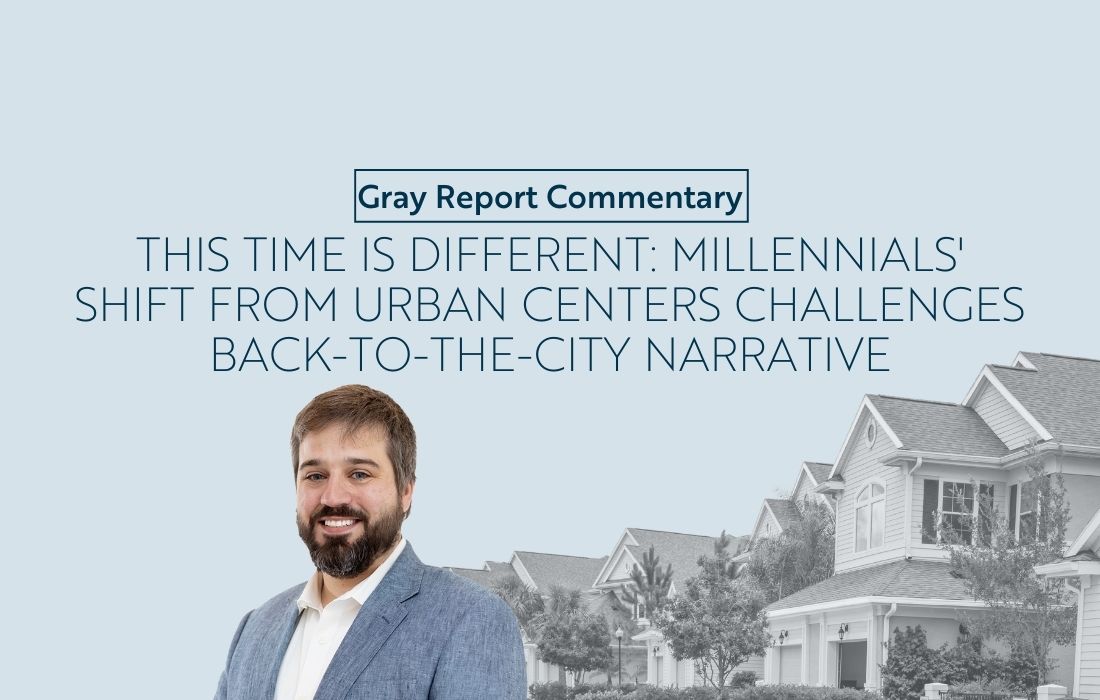
This Time is Different: Millennials’ Shift from Urban Centers Challenges Back-to-the-City Narrative
Source – Moody’s Analytics: “This Time is Different: A Counter to the Urban Doom Loop Narrative”
Mixed-use buildings, “child rearing continues to be delayed into later life,” and “the number of creative professionals, which tend to have a greater proclivity and/or need for urban living, has increased in recent decades” I need to know how he got this data on creative professionals. How did they word the survey? “Are you a creative professional: Yes/No”
“But reproducing the non-virtuous doom loop pattern of the 40’s and 50’s requires a critical mass of departures that I believe is beyond a reasonable scope.”
Millennials, on the whole, are living in urban areas in greater numbers than previous generations, but they are increasingly moving to the suburbs: “[T]he places with the largest increases of early millennials were both suburban and on the periphery of metropolitan areas.”
Sure, life stages are a big thing here, but for the authors of this paper, affordability emerged as a key factor, such that millennials moved to the suburbs in greater numbers in the cities where urban housing costs were the highest.
As you might expect, the millennial migration to the suburbs coincided with an increase of amenities in the area.
Now, I mentioned affordability as a key factor, but “changing housing needs” are also a big part of this and don’t get as much attention in this write-up. Unfortunately, I don’t have an institutional subscription to let me through whatever academic publishing paywall is preventing me from reading the full paper, (AND TRUST ME, I’VE TRIED), but without digging into these changing housing needs, the short description of “traditional milestones like forming a new household, having children, or becoming homeowners,” is key here.
How much of a factor comes down to finding the right schools? Are there more or less schools downtown vs. in the suburbs? I’m ready to be proven wrong by like, actual data and research, but for me, it always seemed like there were more schools in the Indianapolis suburbs vs. downtown. (I’m using a loose definition of suburbs here that does not mean that everything in the county is urban.)
